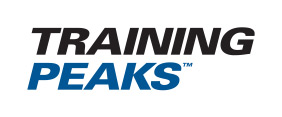
The early season is a great time for swimmers to go back to basics and clean up their freestyle techniques. Before high volume and higher fatigue training begins, athletes have an opportunity to make changes to their stroke with patience, and without disruption to event specific training phases.
Working on techniques now can help an athlete take better advantage of more specific strength, pace and volume training in the spring and summer months ahead.
Three commonly accepted, basic principles of swimming fast freestyle are:
- Reduce drag by using effective body positions.
- Maximize forward propulsion, using adequate pressure and shapes of the pull and kick.
- Coordinate effective timing of body positions, breathing, pull and kick.
Swimmers can develop a wide variety of ineffective stroke habits over time, but many can be avoided or corrected by going back to these basic principles. For example, a classic error in freestyle made by many triathletes, is the crossover arm entry and the often accompanying splayed scissor kick.
These symptoms are rarely the cause of inefficient swimming. Often, these are symptoms of a poor body position and balance, poor propulsion or poor timing. Attempting to correct symptoms, without also going back to basics and exploring core principles, often leads to plateaus and swimmer frustration.
Regardless of individual stroke style or rhythm, the most important core principle of an efficient freestyle, is having a buoyant body position, with head, shoulders, hips and heels at the surface of the water.
There will be slight differences among athletes in how they float, and in how they need to adjust head and posture to achieve an effective body position. Learning how to hold your body in the water allowing buoyancy to assist, is the foundation upon which to build a faster freestyle.
Using methods that allow swimmers to experience these principles, such as the drills described below, provide the athlete with valuable insight and learning opportunities.


